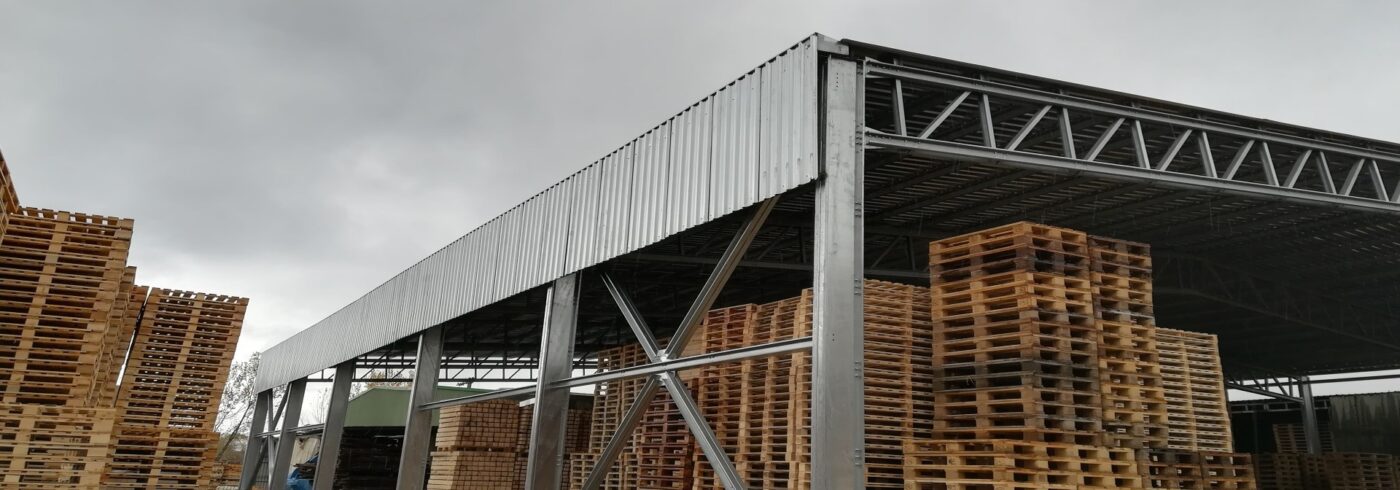Steel Construction Hangar
Steel Hangar Prices and Models
Steel hangar structures are produced with light steel and can be designed without the need for columns up to 50 meters wide with the right project. If needed during construction, tools such as cranes may be required. Of course, this is a situation that varies from project to project. Projects are designed by architects and engineers based on mathematical calculations in line with customers' requests.
According to the production purpose and installation places of steel hangars, it can be produced from materials such as walls produced with insulated sandwich panels, roof made with insulated sandwich panels, and corrugated galvanized sheet. Engineers take such decisions in order to choose the most suitable material for the conditions. Because such factors directly affect the durability and safety of steel hangars. All other decisions and requests depend on the wishes and desires of the customers.
The designs of steel hangars are drawn in computer environment through special programs. The static is calculated. These designs are then transferred to computer aided machines. Companies that attach importance to customer satisfaction start production as soon as they receive approval.
Compared to reinforced concrete buildings, steel hangars are very advantageous in terms of speed, usage and price. However, factors such as the production purpose of steel hangars and the company where they are produced may cause a large fluctuation in price ratios. For this reason, it is not possible to determine an exact price. Because, factors such as the properties of the steel hangar, the material it is produced, the wages of engineers and architects, and the quality of the product directly affect the price ratios.
What are the Advantages of Steel Hangars?
- Unlike reinforced concrete structures, it has the advantage of high heat, water and sound insulation.
- In addition to being a long-lasting structure, it attracts attention with its affordable cost.
- Since it is designed by engineers and architects, the margin of error is close to zero.
- Its production is quite fast compared to other building types. For this reason, it saves users' time.
- In terms of design, it provides advantages according to the usage areas of the customer.
- It is durable and reliable against natural disasters such as earthquakes.
- Hangars produced with galvanized steel are advantageous in terms of corrosion and rusting. It is resistant to moisture.
- Due to its environmental friendliness, its recycling to nature is higher than reinforced concrete buildings.






